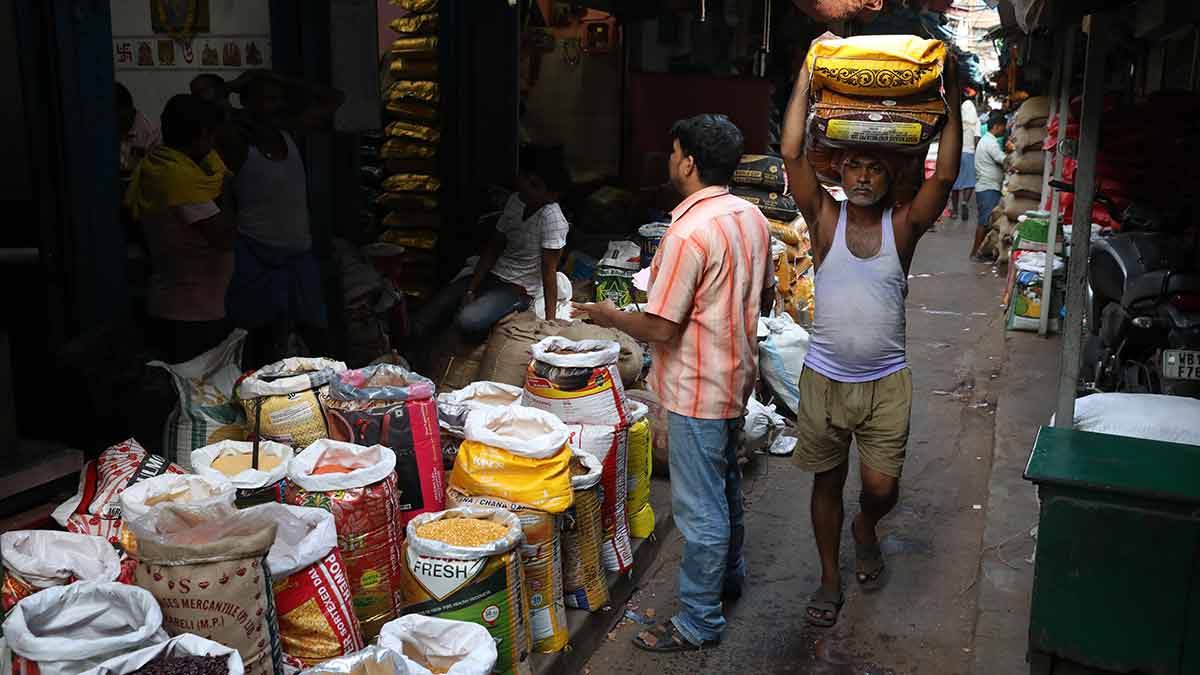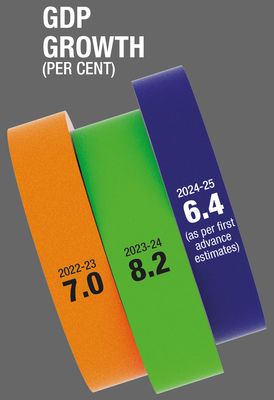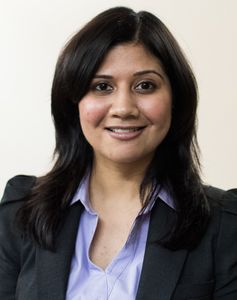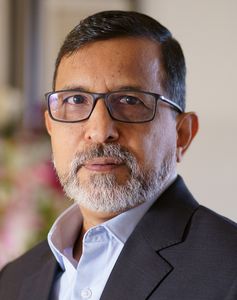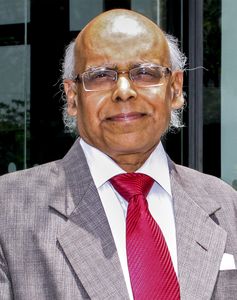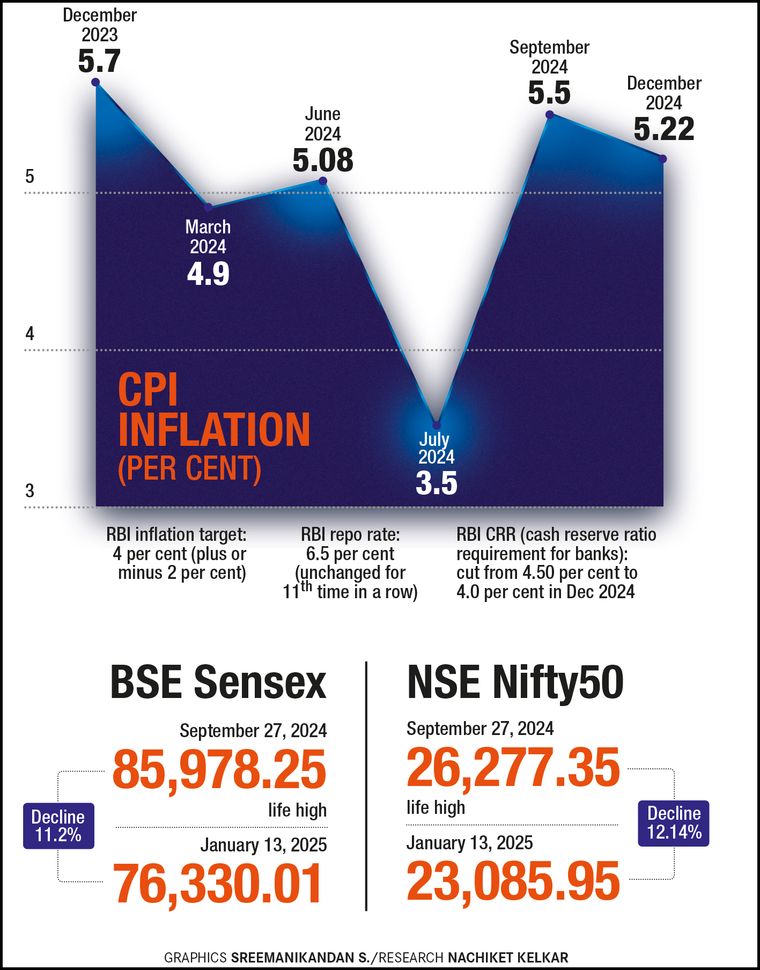When the National Statistical Office (NSO) announced the yearly GDP numbers in May 2024, even the optimists were in for a surprise. It had jumped from 7 per cent in 2022-23 to 8.2 per cent in 2023-24.
Seven months later, when the NSO announced the GDP numbers for the July-September quarter of the 2024-25 financial year, it again stumped everyone, though for the exactly opposite reason. India’s second quarter GDP had slumped to a near-two-year low of 5.4 per cent.
The first advanced estimates for the year also don’t portray a pretty picture―the GDP is expected to grow at 6.4 per cent, which will be a four-year low. Credit ratings agency Fitch reduced its India GDP forecast from 7 per cent to 6.4 per cent for the current year and is expecting a 6.5 per cent growth next year.
How did this happen? Well, the signs of a slowdown have been there. For instance, for several months passenger vehicle sales have been tepid. According to the Federation of Automobile Dealers Association of India, automotive retail sales in December 2024 were down 12.5 per cent year-on-year at 17.56 lakh units. Sales of passenger vehicles declined 2 per cent from a year ago to 2.93 lakh units, and two-wheeler sales slipped 17.6 per cent to 11.98 lakh units. Commercial vehicles sales, a barometer of economic activity, declined 5.2 per cent to 72,028 units.
For the full year, the passenger vehicle sales growth almost halved to 5.2 per cent, from 10.6 per cent in 2023. Commercial vehicle sales, which had grown 8.3 per cent in 2023, grew just 0.07 per cent in 2024. C.S. Vigneshwar, president of the Federation of Automobile Dealers Association, attributed the sluggish sales to weak market sentiment, apart from limited product variety and insufficient new launches.
 In the slow lane: Automotive retail sales in December 2024 were down 12.5 per cent year-on-year | PTI
In the slow lane: Automotive retail sales in December 2024 were down 12.5 per cent year-on-year | PTI
Fast moving consumer goods (FMCG) companies, too, have been dealing with the slowing demand in urban markets. Hindustan Unilever, India’s largest consumer goods company, for instance, reported a 4 per cent year-on-year decline in net profit for the July-September quarter of 2024. Its revenue rose just 2 per cent, and volumes 3 per cent in the period.
“Indicators for the FMCG sector continue to be muted due to softening of urban consumption and not-so-robust growth in rural areas,” said Pravin Jaipuriar, CEO of CCL Products (India) Ltd. The company is the largest instant coffee exporter from India.
There are other signs of a slowdown. For instance manufacturing, which accounts for around 17 per cent of total gross value added output, grew just 2.2 per cent in the September quarter, compared with 14.3 per cent a year ago. Mining activity contracted 0.1 per cent, hurt by excess rains, compared with the 11 per cent growth a year ago.
A key reason for the slowdown is subdued government spending in the first half of 2024 owing to the Lok Sabha elections. “In the first half of the year, the government spent only 37 per cent of what it had budgeted in,” said Dharmakirti Joshi, chief economist at CRISIL. “That has to do with the election spreading to two months and excess rains hurting mining and electricity demand.” He said the government had been making amendments in the second half. “[Also] the weather impact on some parameters like mining is not going to repeat in the second half,” he said.
But the government does not have much time left to do the catch up. It needs to spend Rs6.4 lakh crore in the last five months of the current financial year to meet the revised budget estimates of Rs11.1 lakh crore. This implies a substantial 61 per cent increase from the same period last year, which seems unlikely to be achieved, said Aditi Nayar, chief economist and head of research and outreach at ratings agency ICRA.
While the government’s production-linked incentives (PLI) scheme has boosted investment in a few sectors, the overall private sector investments haven’t significantly picked up, despite healthy balance sheets and improved capacity utilisation.
Joshi put the blame on an uncertain economic environment, and Nayar echoed it. “The unevenness in domestic demand and weak external demand have constrained private capex activity,” said Nayar. “We expect the strength of domestic demand to influence the pace of capacity additions and new announcements going forward, amid the expectations of a subdued growth in merchandise exports over the near-to-medium term.”
Merchandise exports have been subdued partly due to geopolitical tensions and global economic uncertainty. US president-elect Donald Trump threatening another tariff war has further clouded matters. “Among the major economies, India has the highest tariffs across categories. Should the Trump administration choose to impose a reciprocal tariff policy, assuming full passthrough immediately, the export shock could be $7.4 billion (9 per cent of 2023 exports to the US; 1.8 per cent of total goods exports; 0.2 per cent of GDP),” said Neelkanth Mishra, chief economist at Axis Bank.
A reason for subdued demand could also be food inflation, which has been pinching the pockets of the low- and middle-income families. In October, the consumer price index inflation jumped to a 14-month high of 6.21 per cent from 5.49 per cent in September. Food inflation surged to 10.87 per cent from 9.24 per cent.
Inflation eased a bit to 5.48 per cent in November, and moderated further towards 5 per cent in December as vegetable prices cooled down in winter. But, it remains above the RBI’s targeted 4 per cent. Food inflation, importantly, remains around 9 per cent.
Food has around 46 per cent weight in the consumption basket and a higher food bill eats into the room for discretionary spending. “Prices of some essential food items have risen at unprecedentedly rapid rates over the past three years. For instance, vegetable prices surged 58 per cent between October 2021 and October 2024,” said Nayar.
Prices of pulses, cereals and spices also rose by 30-35 per cent during that period. “This has constrained the budgets of low-income and lower middle-income households, particularly in the urban areas, thereby squeezing their demand for low-ticket items, including FMCG and discretionary consumption,” said Nayar.
According to Sonal Varma, managing director and chief economist (India and Asia excluding Japan) at the financial services company Nomura, the RBI had been falling behind the curve as growth sacrifices continued to rise. “We believe India is in the midst of a cyclical slowdown due to fading urban pent up demand, tight monetary policy, slowing nominal income growth and a negative credit impulse,” she said.
Shaktikanta Das, whose six-year stint as RBI governor ended on December 10, had acknowledged after the last monetary policy committee (MPC) meeting that high food inflation did not bode for well for the economy. “High inflation reduces the disposable income in the hands of consumers and dents private consumption, which negatively impacts the real GDP growth,” he had said.
High inflation has also constrained the RBI from cutting interest rates. It left the repo rate on hold for the 11th consecutive time at 6.50 per cent on December 6. A slowing credit growth is adding to consumption pressures.
Then there is the muted salary increase. According to TeamLease’s Jobs and Salaries Primer Report for 2023-24, salary increment in the last financial year was less than 5 per cent in eight of 11 industries. “Retail credit growth slowed down partly because of the RBI making retail credit norms stricter. However, more broadly, the fall in FMCG demand is due to an income effect linked to slowdown in urban growth and employment, which is due to the slowdown in the output sectors,” said D.K. Srivastava, chief policy adviser at EY India.
The slowdown was clearly visible in the subdued corporate earnings growth for many companies in the September quarter. Broking firm JM Financial said 44 per cent of the 157 companies it tracked missed earnings expectations in the second quarter. Jefferies has cut its earnings estimates for 63 per cent of 121 companies it tracked.
The slower-than-expected GDP growth forced the RBI to slash its GDP growth forecast for the 2024-25 financial year sharply from 7.2 per cent to 6.6 per cent, while it also raised its full year (2024-25) inflation forecasts from 4.5 per cent to 4.8 per cent in the December monetary policy committee meeting.
Pranjul Bhandari, HSBC’s chief economist for India and Indonesia, said a lot of the good growth was over a low base of the pandemic years and the catch up was very fast. Also, the stellar growth in several new areas like Global Capability Centres is moderating now.
“The kind of growth numbers we are going to see in the foreseeable future are closer to about 6.5 per cent. We were never that 7.5 per cent growth economy. India’s potential growth is 6.5 per cent, which is a very strong growth number in the global backdrop. And converging to that number is a sign of strength; at least the bubbles associated with 7.5 per cent to 8 per cent or the excesses associated will not haunt us,” said Bhandari.
India has generally been a consumption-driven economy. And a way to revive that could be cutting interest rates. Under Shaktikanta Das, the MPC turned its stance to neutral in its October meeting and then cut the cash reserve ratio (CRR) by 50 basis points in the meeting in December. The cut in CRR (it is the percentage of the total deposits that a bank must maintain as reserves) should free up liquidity of around Rs1.16 lakh crore in the banking system.
Voices for a rate cut have been growing louder within the MPC. In the October meeting, one of its six members voted for a rate cut. In December, the number rose to two.
Sanjay Malhotra, the new RBI governor, has stressed on policy stability and continuity. But, he added the central bank would need to be agile and alert in a dynamic world, given the continued geopolitical tensions and climate change. According to him, the thrust should be on continuing the growth.
Many experts expect the RBI to cut the repo rate in the next MPC meeting in February. Most economists see around 75 basis points cut over the cycle. Nomura expects 100 bps cut.
Interest rate cuts would give the middle class some relief and some room for discretionary spending. It could also spur some corporates to borrow and invest, and help the economy accelerate in the near term. Experts are also batting for a raise in income tax exemption limits in the Union budget and an overall reduction in income tax, which would further boost consumption among the middle class.
In the medium term, however, a lot more than that would be needed in the form of policy support to push supply side reforms and make manufacturing more attractive. More importantly, as technology such as machine learning and artificial intelligence sweeps across industries, skilling of workforce and a push to employment generation schemes may be the need of the hour.
CRISIL’s Joshi said agriculture should be the focus in the next wave of reforms, and thrust should be on agri-related infrastructure, logistics and cold storage facilities. Also, he said, agriculture should be made more resilient to climate change. “Just imagine, food inflation is the only thing that is holding the RBI from cutting interest rates right now,” he said.


